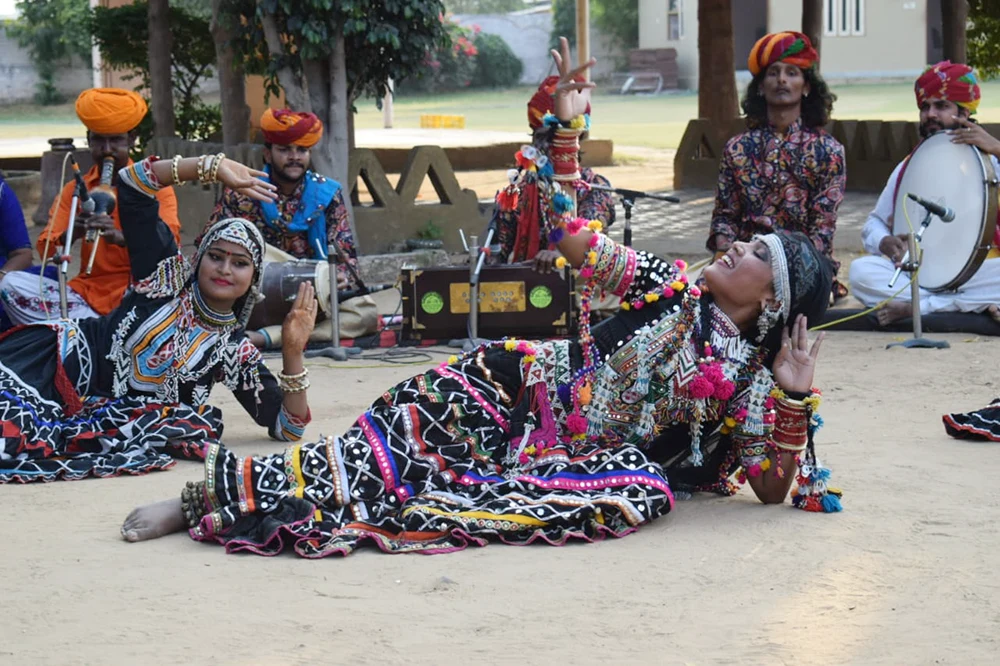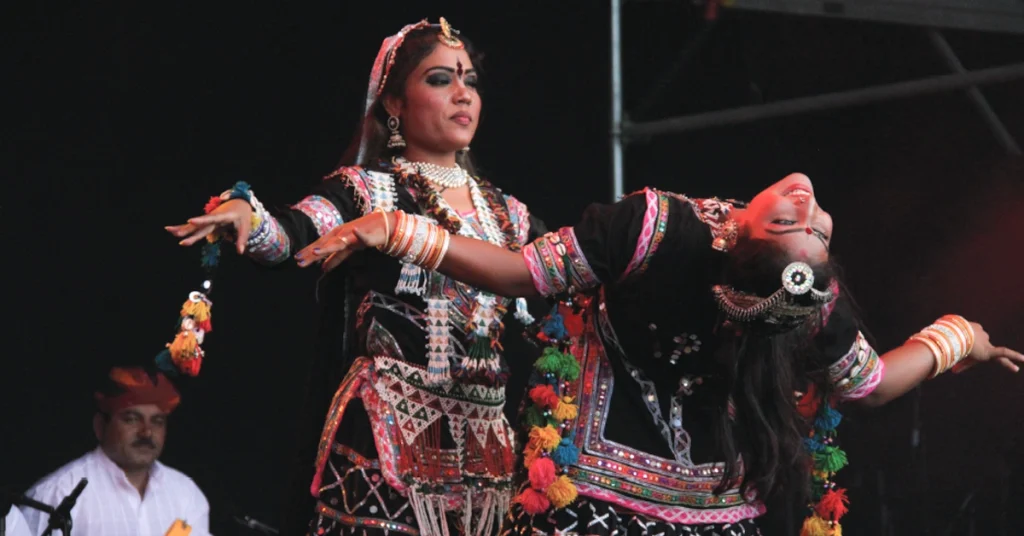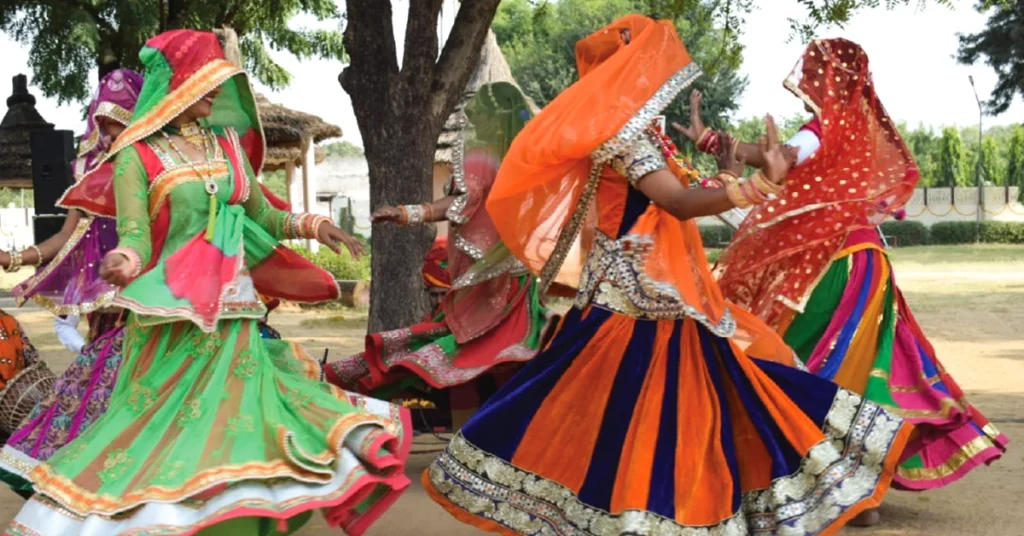
Rajasthan, glimpsing at the vibrant colours of the land of royal heritage, has remained in the balance of cultural ethos, a dream for every voyager and inhabitant. Among many such dance forms born out of this historic region, Rajasthani Kalbeliya Dance Group, Jaipur relies on grace, energy, and an interesting history. It is also called the “snake charmer dance.” It basically depicts the unique way of life which this tribe followed-the Kalbeliya tribe, whose members traditionally are snake charmers and nomads.
The Origins of Kalbeliya Dance
It originally belongs to the Kalbeliya tribe, which is a nomadic tribe that once traveled throughout Rajasthan, capturing snakes and extracting venom as a means of livelihood. This was part of the traditional rejoicing of the people of Kalbeliya in nature, more so serpents, which later took the form of their dance. The Kalbeliya dance involves fluid, undulating movements of the torso and pelvis combined with dynamic footwork choreography that is performed in a similar manner to snakes gliding over the ground; hence, it is also referred to as the “snake charmer dance.” While the Kalbeliya tribe has lost any association with snake charming, its cultural heritage hath survived through dance and music. This turns out to be a representation of tradition in Rajasthan since each performance has the zeal of the community within them.
Elements of Kalbeliya Dance
The Kalbeliya dance is famous for its high-energy movements, complicated footwork, and whirling skirts. Traditionally, women dancers wear black attire embroidered with a rainbow of colors, mirrors, and beads. The color black symbolizes their deep connection with the desert, while the vibrant embroidery reflects their joyful nature. This is primarily because the improvisational style of Kalbeliya dance-the dancers perform in spontaneous harmony with the music-is what makes it so unique every time. The women demonstrate serpentine-like body movements: graceful twists and turns during the rhythmic beats of typical Rajasthani instruments, such as a wind instrument called “pungi,” a hand drum known as “dholak,” and “khanjari,” similar to a tambourine.
The Global Appeal of Kalbeliya Dance
The Rajasthani Kalbeliya Dance Group in Jaipur enthralled not only a great number within the nation but has spread its wings toward international fame. Performances range from international festivals to cultural events that include Chevron for better comprehension of the rich artistic traditions of Rajasthan. Till now, the dance used to be taught in various countries, and many foreigners have learned and performed Kalbeliya as a part of Indian culture. This international exposure has not only raised the status of the Kalbeliya dancers but has aided in the preservation of this art form. With continued demands for performances, the Rajasthani Kalbeliya Dance Group in Jaipur reaches an even bigger audience as time goes on and keeps their cultural heritage alive.
Summary
Essentially, therefore, the Rajasthani Kalbeliya Dance Group in Jaipur epitomizes beauty and the spirit of Rajasthan folk traditions. From its very historical roots amongst the Kalbeliya tribesmen, this dance has grown into a highly energetic performance in Jaipur and everywhere else, continuing to mesmerize audiences with its charm and grace. For those looking forward to an authentic Jaipur cultural experience, there is nothing like watching any performance by Kalbeliya dance groups, which would take them on an unforgettable journey into the heart of Rajasthan. To witness and book the best experience of Kalbeliya, visit MeenaSapera.com for direct exposure to the best dancing groups of Kalbeliya, guaranteeing a lifetime experience of authentic Rajasthani culture.


